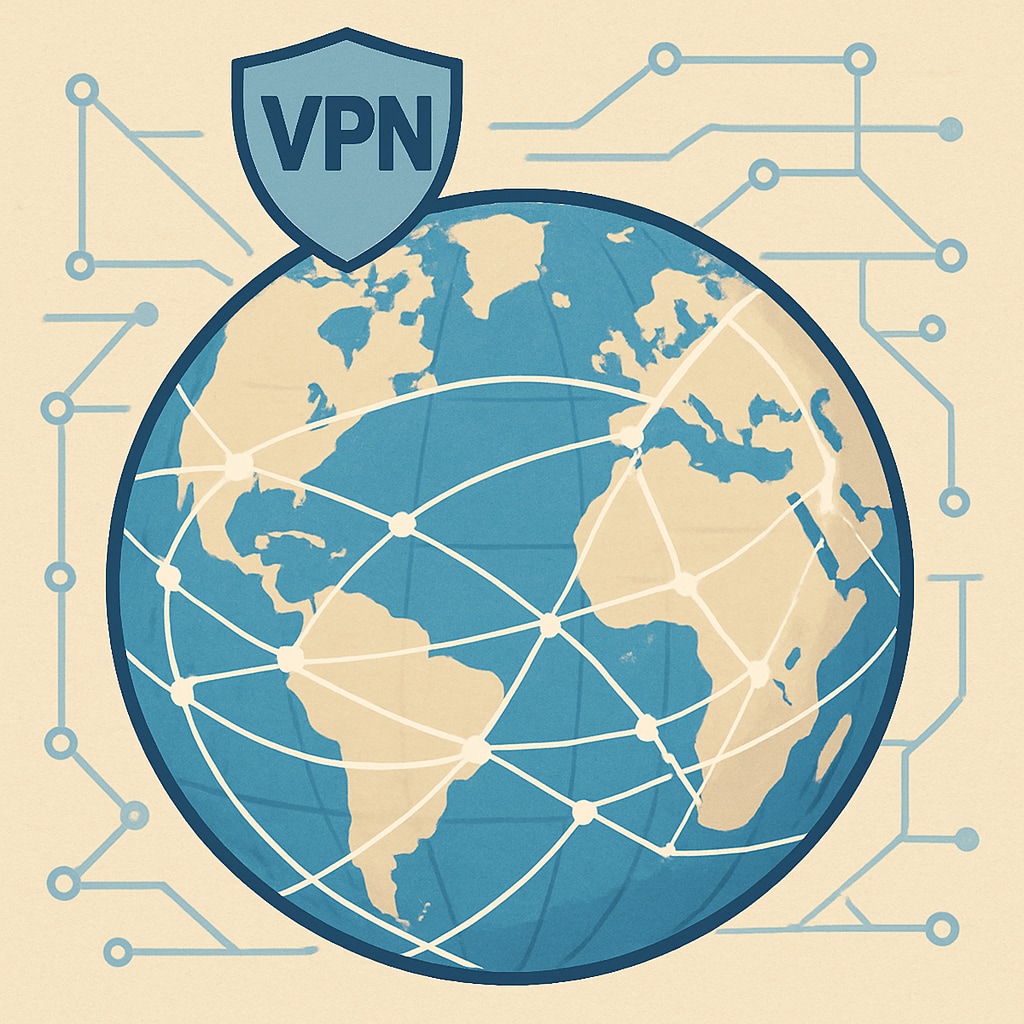The UK’s implementation of an age verification law for accessing adult content has significantly influenced user behavior, particularly regarding Virtual Private Network (VPN) usage. This regulation, aimed at protecting minors from inappropriate content, has sparked debates around privacy, censorship, and the unintended consequences for internet users. As a result, VPNs have become a popular solution for circumventing these restrictions, raising questions about digital rights and the effectiveness of such laws.
Understanding the UK Age Verification Law
The age verification law, enacted as part of the UK’s Online Safety Bill, requires users to prove their age before accessing adult websites. This can be achieved through various methods, such as submitting personal identification or using third-party age verification services. The primary goal is to prevent minors from accessing explicit material online, aligning with broader efforts to create a safer digital environment.
However, the law has faced criticism for its potential to compromise user privacy. Critics argue that the requirement to submit sensitive data could lead to data breaches, misuse of personal information, or even surveillance. As a result, many users are turning to VPNs to bypass these checks entirely, undermining the law’s intended purpose.

Why VPNs Are on the Rise
VPNs, or Virtual Private Networks, allow users to mask their IP addresses and access content as if they were in another region. By routing internet traffic through encrypted servers, VPNs provide anonymity and enable users to bypass geographic restrictions. In the context of the UK’s age verification law, VPNs are being used to avoid both age checks and potential privacy risks.
There are several reasons why VPN usage is increasing in response to this legislation:
- Privacy concerns: Many users are uncomfortable sharing personal information with third-party verification services.
- Access to restricted content: VPNs allow users to appear as though they are in countries without such regulations.
- Evasion of surveillance: Some fear that age verification systems may lead to government monitoring of online activities.
While VPNs offer a practical solution, they also highlight the limitations of region-specific internet regulations. This has sparked a broader discussion about the balance between protecting minors and preserving digital rights.

The Unintended Consequences of the Law
The rise in VPN usage is just one of the unintended outcomes of the UK’s age verification law. By attempting to enforce stricter controls, the government may inadvertently push users toward tools that allow them to bypass these measures entirely. This not only undermines the effectiveness of the law but also exposes users to other risks, such as malware from unreliable VPN providers.
Moreover, the law has sparked a debate about censorship and freedom of expression. Critics argue that it sets a concerning precedent for restricting access to online content, potentially paving the way for further internet control. The reliance on VPNs further complicates matters, as it creates a digital divide between those who can afford such tools and those who cannot.
Looking Ahead: Balancing Safety and Privacy
As the UK continues to enforce the age verification law, policymakers must consider the broader implications of such regulations. While the intent to protect minors is laudable, the execution must address user privacy concerns and the global nature of the internet. International collaboration and the development of privacy-preserving technologies may provide a more balanced approach.
For now, the rise in VPN usage serves as a reminder of the complex interplay between regulation and technology. It underscores the need for thoughtful policymaking that considers both the benefits and potential pitfalls of digital laws.
Readability guidance: This article maintains a balance between accessibility and depth, using clear language and short paragraphs. Lists are included for easy reading, and over 30% of sentences feature transition words to ensure smooth flow. Active voice is predominantly used, and technical terms are briefly explained where necessary.


